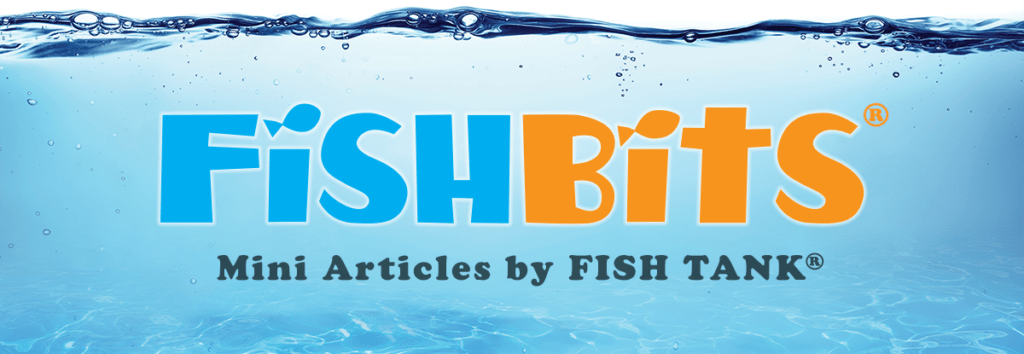Intellectual Property Insights from Fishman Stewart
Mini Article – Volume 23, Issue 20
Share on Social

Tattoo Copyright Chronicles
By Kristyn Webb
The art of tattooing can be traced back to ancient times. In fact, archaeologists have uncovered tattoo tools that date back at least 12,000 years. However, lawsuits over tattoos and copyright law are a much, much more recent phenomenon.
This year, two such lawsuits have been grabbing headlines. One is a lawsuit filed by photographer Jeff Sedlik against tattoo artist Kat Von D, star of the reality TV series LA Ink, over Kat’s tattoo of Sedlik’s iconic photograph of Miles Davis. Kat tattooed the image on her friend and posted the finished work on social media. The trial court initially concluded that the matter was best left for a jury to decide but held the case and waited for the US Supreme Court’s ruling in another lawsuit over Andy Warhol’s use of photographer Lynn Goldsmith’s pictures of Prince. Now that the Supreme Court has made its ruling, the trial court has considered the impact of the Supreme Court’s ruling and determined that the matter must still go to a jury to decide whether the tattoo and social media post are copyright infringement or excusable fair use.
In another lawsuit, Molly Cramer tattooed an image of Joe Exotic, the star of the Netflix series Tiger King, on her husband’s thigh as a way to raise money to support her tattoo business during the Covid-19 pandemic. Cramer obtained permission from Joe Exotic to use his likeness, obtained a copyright registration of the tattoo, and posted a photo of the tattoo to her social media. Then, without Cramer’s permission, Netflix used the image from Cramer’s social media in a 2.2 second montage in an episode of Tiger King Season two. Cramer demanded $10 million from Netflix, which it declined to pay, and she then sued Netflix for copyright infringement. The court dismissed the lawsuit, concluding that Netflix’s use of the image was fair use. Netflix, being a streaming service, was not likely to usurp the tattoo market, and Cramer’s purpose in creating the tattoo was to capitalize on the hype generated by Netflix’s first season of Tiger King, while Netflix’s purpose in showing the tattoo image was to show the public’s reaction to its first season of Tiger King.
Roughly one-third of Americans have at least one tattoo, and the tattoo industry generates around $1.6 billion USD per year globally. A tattoo may represent an expression of art, a lifestyle choice, a cultural heritage, and an income source all at the same time. The intellectual property issues with tattoos may be nuanced. As tattoos become more popular and part of mainstream culture, we may expect the litigation related to tattoos to become more prolific as well.
Kristyn Webb is the Group Leader of Fishman Stewart’s Copyright Practice Group, and is currently earning a Master’s Degree in Copyright Law at King’s College London.

Published November 3, 2023


Related Content from Fishman Stewart
In a recent decision, the U.S. Court of Appeal for the Eighth Circuit affirmed a jury verdict holding that the use of the "Success Kid" meme by a congressman's reelection campaign for fundraising purposes did not qualify as fair use.
In February 2024, proposed legislation was introduced in US House of Representatives which would extend copyright protection to golf courses. The bill is titled “Bolstering Intellectual Rights against Digital Infringement Enhancement Act” or the “BIRDIE Act”.
June is Pride Month, which honors the 1969 Stonewall Uprising in Manhattan and recognizes the impact that lesbian, gay, bisexual, and transgender (LGBTQ+) individuals have had on history locally, nationally, and internationally. The United States Patent and Trademark Office flies the Pride Flag and promotes the Pride community’s contributions with programming offered annually.
June is Pride Month. This year we are celebrating with some IP tips for drag performers! Drag performers can protect their intellectual property by registering the copyrights in their original works of music, choreography, and comedy sketches.
You’re rarely more than a few yards from Finny’s favorite chips, semiconductor chips to be precise. But what exactly is a semiconductor chip?
"May the 4th Be With You," also known as Star Wars Day, takes place annually on May 4th. The phrase is a pun on the iconic Star Wars catchphrase "May the Force be with you."
First, a big “thank you” to all our readers who have given feedback on our newsletter. We appreciate your interest and insights. It is always a treat to hear from you! Second, we wanted to provide you with updates on some of our most popular articles
“Palworld”— a computer game created and published by Japanese developer Pocket Pair. Released as an early access game in January 2024, it sold over seven million copies on the computer platform Steam in the first five days and had nearly 20 million players in the first two weeks.
This year’s Super Bowl featured a thrilling overtime victory for the Kansas City Chiefs over the San Francisco 49ers. With estimates as high as 123 million viewers, America's premier sporting event also serves as a grand stage for creativity and intellectual property protections that enhance the game’s success.
Valentine’s Day is just around the corner and jewelry sales are usually around $6 billion USD in the United States alone. In 2021, the US Customs and Border Protection agency seized over $1 billion USD worth of counterfeit pieces of jewelry.
IDENTIFYING, SECURING AND ADVANCING CREATIVITY®











